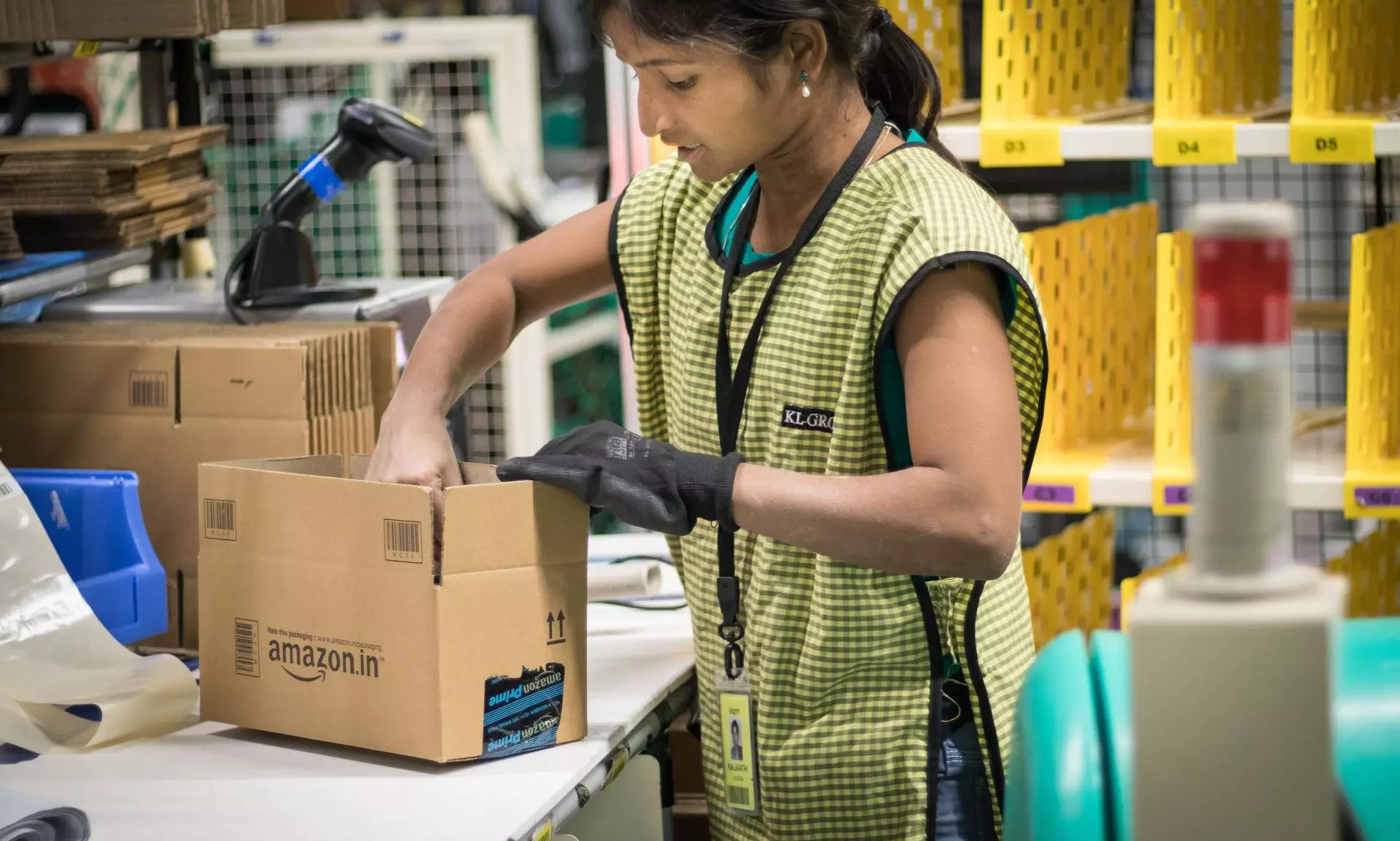Six e-commerce supply chain trends to watch out for in 2024

E-commerce is booming like never before, with sales growing at nearly 10% year-on-year and expected to reach a mammoth $6.3 trillion by 2024. The world of online shopping, however, hides a symphony of complex logistics. Millions of clicks translate to meticulously choreographed journeys for products, hurtling from warehouses to doorsteps at breakneck speed. But this intricate ballet isn't performed on a static stage. The e-commerce landscape is a veritable quicks and, constantly shifting beneath the feet of businesses. In 2024, staying ahead of the curve requires understanding the transformative trends shaping e-commerce supply chains.
1. Advanced technologies orchestrate the flow
Gone are the days of relying solely on intuition and spreadsheets. Artificial intelligence (AI) and machine learning (ML) are changing the game, conducting predictive analytics that optimize inventory management, anticipate demand surges, and automate rote tasks. These technologies are no longer futuristic fantasies; they're essential tools for maximizing efficiency and minimizing friction in the supply chain. One of the industry leaders for leveraging new-age tech, Amazon, already uses AI-powered robots to identify inventory and transport it to employees for delivery. Their system reduces workplace injuries and improves order fulfillment.
2. Data whispers, companies listen
Modern supply chains are a treasure trove of data. However, raw data without interpretation is just white noise. The key lies in extracting actionable insights. Companies are using data analytics to shed light on hidden patterns, enabling them to forecast demand with laser precision, streamline routes for delivery trucks, and even personalize promotions based on a customer's online footprints. For example, brick-and-mortar giant Walmart has embraced e-commerce with gusto, and data analytics plays a key role in its success. It uses customer data analytics to seamlessly integrate online and offline channels, thereby providing a consistent and convenient shopping experience for customers.
3. The final lap gets a tech boost
The last mile has always been the Achilles' heel of e-commerce. But 2024 promises exciting innovations. Various e-com companies and food delivery operators such as Domino’s are extensively experimenting with drone delivery. Self-driving delivery vehicles are also gaining larger acceptance, quietly dropping off groceries and other purchases right at your door. These futuristic visions are rapidly becoming reality, transforming the final leg of the delivery journey from a frustrating slog to a seamless sprint.
4. Sustainability takes center stage
The e-commerce boom comes at a cost to the planet. But in 2024, the narrative is changing. Green packaging, carbon-neutral shipping options, and ethical sourcing practices are no longer niche trends; they're becoming mainstream must-haves. Companies are realizing that eco-conscious consumers reward sustainable supply chains with their loyalty, creating a win-win scenario for both the planet and their bottom line. IKEA is leading the charge in this domain with a commitment to fully replace polystyrene in its packaging with natural alternatives such as ‘mushroom packaging’.
5. The cybersecurity fort gets reinforced
As supply chains become increasingly digital, they become magnets for cyberattacks. 2024 will see a heightened focus on cybersecurity, with companies building impregnable fortresses around their data. Think multi-factor authentication, intrusion detection systems, and even blockchain technology to secure every link in the chain. It's a constant battle against malicious actors, but one that every e-commerce business must fight to ensure the integrity and trust of their operations.
6. Adaptability: The true superpower
The one constant in the e-commerce universe is change. Unforeseen events, shifting consumer preferences, and global disruptions can throw even the best-laid plans into disarray. The ability to adapt to unexpected challenges, whether they be natural disasters, geopolitical events, or global pandemics, will be crucial for maintaining uninterrupted operations. Companies must implement strategies such as dual-sourcing, multi-sourcing, and dynamic inventory management to create agile supply chains. Companies that can pivot quickly, diversify their supply chains, and embrace innovation will be the ones who weather the storms and emerge stronger.
The e-commerce supply chain landscape in 2024 is marked by a convergence of advanced technologies, data-driven decision-making, sustainable practices, and a focus on resilience. Navigating the complexities of this evolving environment demands a mindset of constant innovation and adaptability. E-commerce companies that successfully integrate these trends into their supply chain strategies will not only meet the current challenges but also position themselves for sustained growth. Those who leverage new-age tech in their online selling journey are certain to find themselves not just surviving, but thriving in the ever-evolving world of e-commerce.

Rahul Garg
He is the founder and CEO of B2B e-commerce and digital supply chain solutions provider Moglix.


